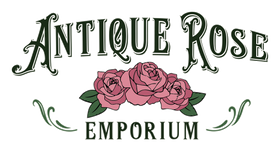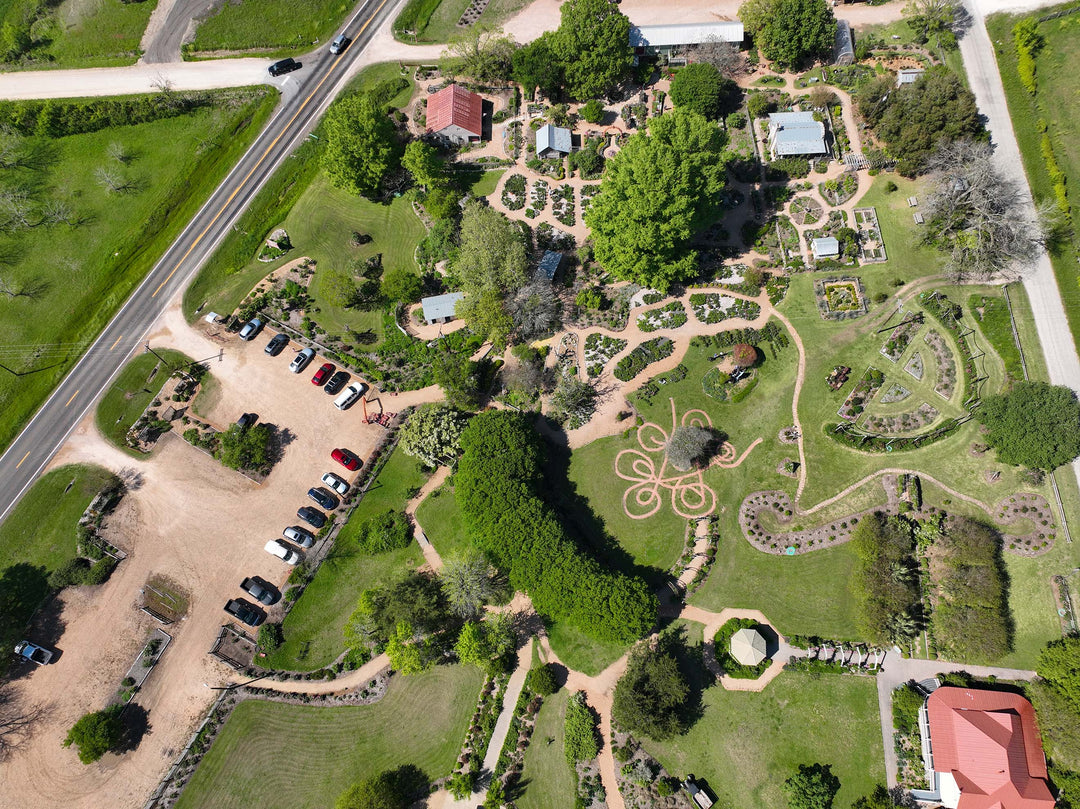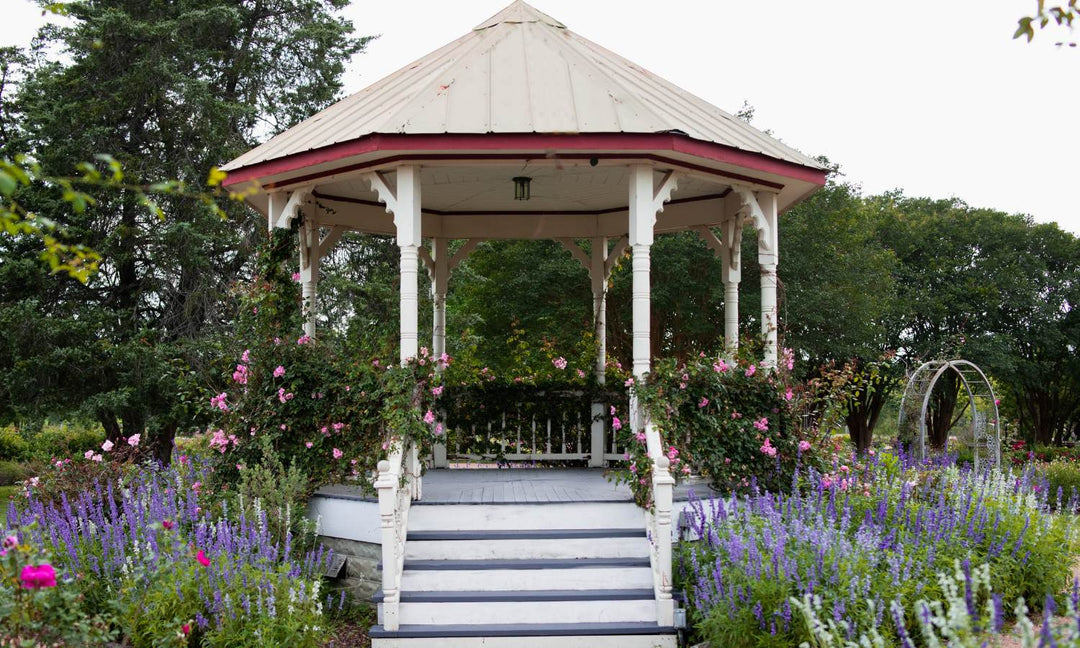What is Rose Culture?
It sounds self-explanatory, but with the number of young Rosarians-in-the-making visiting our gardens, it's a new world for them. As we welcome in new generations of rose lovers, and pass along our knowledge so the love and legacy continues, a big part of that is reminding our newbies that, it's just not very hard to love old roses, as they want to thrive.
Old roses offer the gardener a wonderful array of gardening opportunities. They are time tested survivors whose versatility in our gardens are unmatched by any other plant types. Roses, particularly the older varieties, come in so many forms that they are limitless in their garden use. They climb, they ramble, they trail, and they form bushes large and small. They bloom steadily for several seasons or overwhelmingly for one. They can be used as the background for a bed, or forms its backbone, or be massed for color in the foreground. They even settle happily into containers for those who have no garden space at all.
But even more profound than their application in the garden are the memories they evoke. Felder Rushing, a good friend of ours and a creative gardener in Mississippi, described gardening best when addressing a group of gardener several years ago. With an empty camera and six-year old daughter a foot, he would pretend to take a picture of her smelling a rose. He would tell her, "Now Zoe, put your nose close and take a deep breath, and I will take your picture." He went on to say, "one day, thirty years from now, I'll be dead or gone, and with one sniff, we'll be back together again." I hope such memories await you in the wonderful world of old garden roses.
Why Old Roses?
Overshadowed by modern hybrids, old roses have been overlooked in this century; but now there is a renaissance afoot to restore the older varieties to their rightful place in the garden. Their historic interest, color, fragrance, and form make old roses as indispensable to today's gardens as they have been for centuries. And as many gardeners will attest, the best thing about old roses is that they provide all these landscape values without becoming a maintenance burden.
Long before its extensive hybridization, the rose had survived cheerfully in the gardens of history. Early rose cultivators retained the resilience and fortitude programmed by nature, but these qualities have been neglected in modern hybrids developed primarily for showy blooms. Unlike modern roses which grow poorly without many hours of devoted attention, most old roses will give today's busy homeowner an appreciated rest from much of the heavy fertilizing, spraying and nurturing demanded by their younger cousins. Some old rose varieties actually prefer a minimum of pruning. And as specimens found in old cemeteries and abandoned homesites attest, many have survived without care from human hands.
Modern roses are hybridized primarily for their striking colors and long bud forms. The shape of the plant itself is not appealing, especially if judicious pruning is not practiced. Old roses have an inherent beauty of form, a quality which does not diminish over the years. The old rose colors tend to be more muted and pastel than modern hybrids, but many collectors develop a preference for the softer hues. Many old rose varieties display handsome foliage, while others set attractive hips in the fall. This makes old roses especially useful as landscape plants. The unforgettable "true rose" fragrances live in their undiluted form in old roses. You will not find such richness and diversity of fragrance in modern hybrids.
The plants you receive from us are vegetative-ly propagated, which means that the rose cutting you receive is part of an actual plant that could have been admired by Pliny, cultivated by a Chinese emperor, grown at Malmaison by Empress Josephine, or carried West by an American pioneerwoman. It is this tie with the events of human history that, we feel, makes the old rose the ultimate antique; unlike a painting or a piece of furniture, the old rose is a living testament to history and to man's quest for beauty.
A Bit of History of Rose Culture
The rose has been the queen of flowers through the ages - yet where did it originate? Some roses are native to the United States, but the majority came from Europe and the Orient. Species roses, occurring naturally in temperate zones, were long ago cross-pollinated by nature - and later by man - to bring about new varieties.
In the late 1700s and early 1800s, European botanists explored the world in search of new plants of garden value and discovered roses in China and the far East which bloomed year round (Chinas and Teas). From crosses between the Oriental and European classes (the once blooming Gallicas, Musks, Centifolias and Damasks) come the Noisettes, Bourbons, Portlands, Hybrid Perpetuals, Polyanthas and Hybrid Musks. Further crosses in more modern times created the Hybrid Teas, Floribundas and Grandifloras. As roses became increasingly popular in this century, Hybrid Teas replaced nearly every other class because of their beautiful bud form and unusual colors. But, interest in old roses is experiencing a renaissance today as Americans search out old roses in historic cemeteries and abandoned homesites where the plants have endured in spite of years of neglect.








